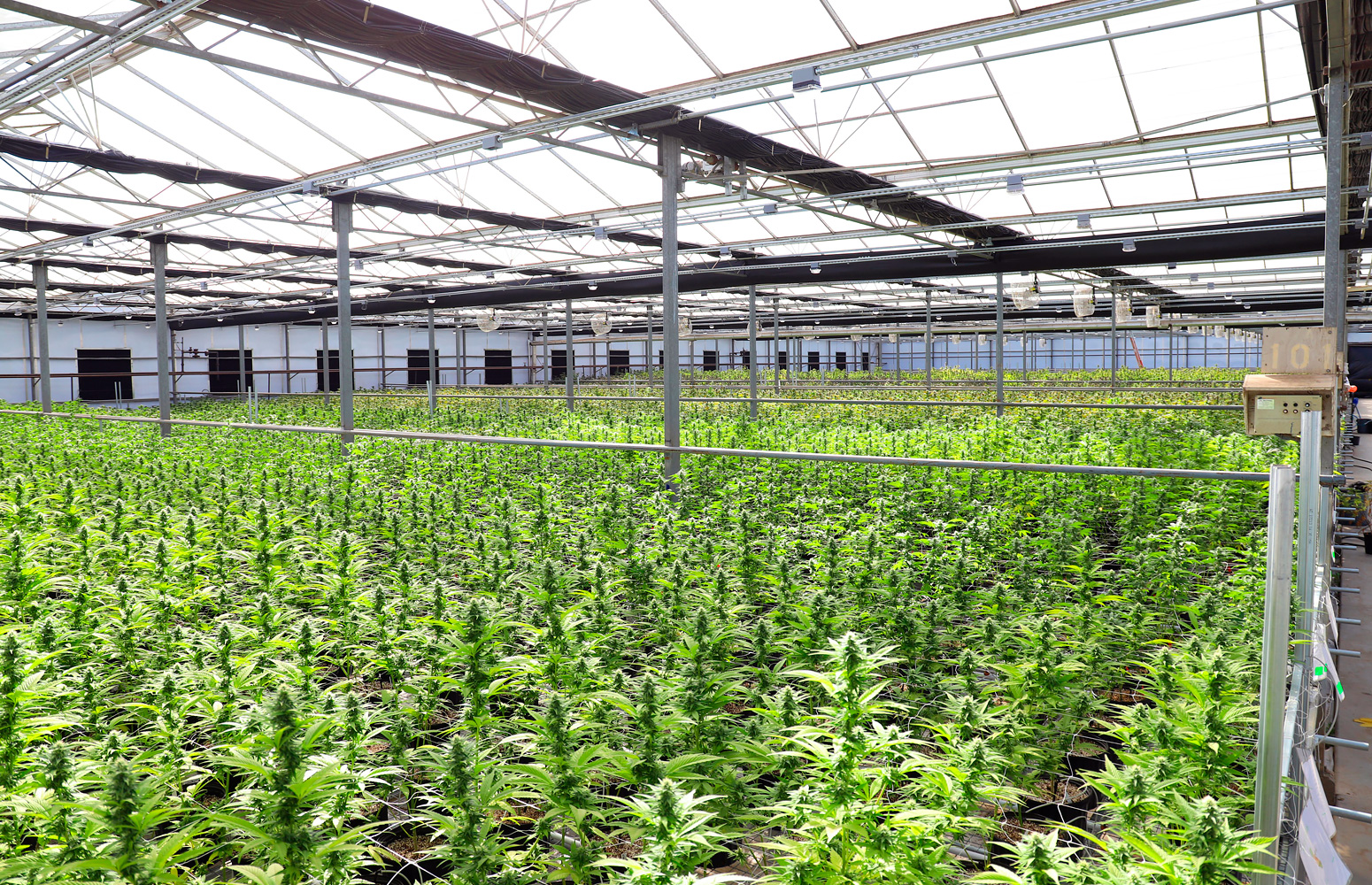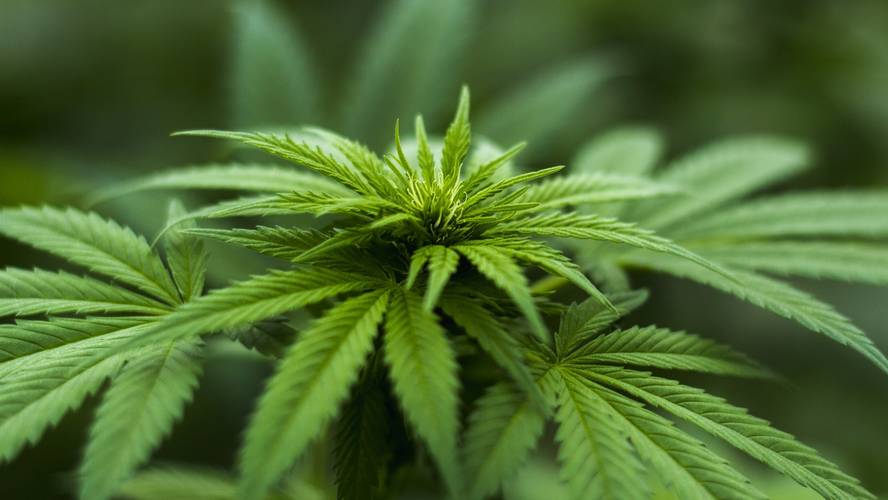Develop a new cannabis classification technique for medical use
2024/03/18 Elhuyar Zientzia Iturria: Elhuyar aldizkaria

To be able to use cannabis in medicine, researchers from the UPV/EHU IBeA group have developed a rapid analytical technique for the strict control of the growth of cannabis plants. Specifically, they classify plants according to the type of cannabinoid, using hyperspectral images and machine learning. The new technique makes it possible to automatically ensure the traceability or quality control of medicinal cannabis plants at an industrial level.
In recent years it is increasingly accepted that cannabis can be very useful in certain ailments or as pain relief. Cannabinoid compounds in cannabis are the most interesting in medicine because they have the ability to influence the regulation of brain plasticity, neuronal development, energy balance and appetite. In any case, hemp synthesizes different types of cannabinoids, so it is necessary to develop precise and effective methods to ensure quality control in the plant production process.
Researchers have proposed advanced analytical technology to quickly classify plants in the same place where cannabis plants are produced. In fact, they have shown that, using hyperspectral images and machine learning, cannabis plants can be classified by chemotypes. In fact, the chemotypes I, II and III of cannabis differ depending on the concentration of cannabinoids THC and CBD of the cannabinoid. THC is the main psychoactive component of cannabis, while CBD is not psychoactive and has a therapeutic use.
The researcher explains that the hyperspectral image is characterized by having three dimensions. That is, it has the two dimensions of normal photos, distributed in pixels, but each pixel has a full spectrum instead of a color. So you get a three-dimensional data cube. Each pixel has a complete near-infrared spectrum, allowing non-invasive plant analysis.

Gai honi buruzko eduki gehiago
Elhuyarrek garatutako teknologia






